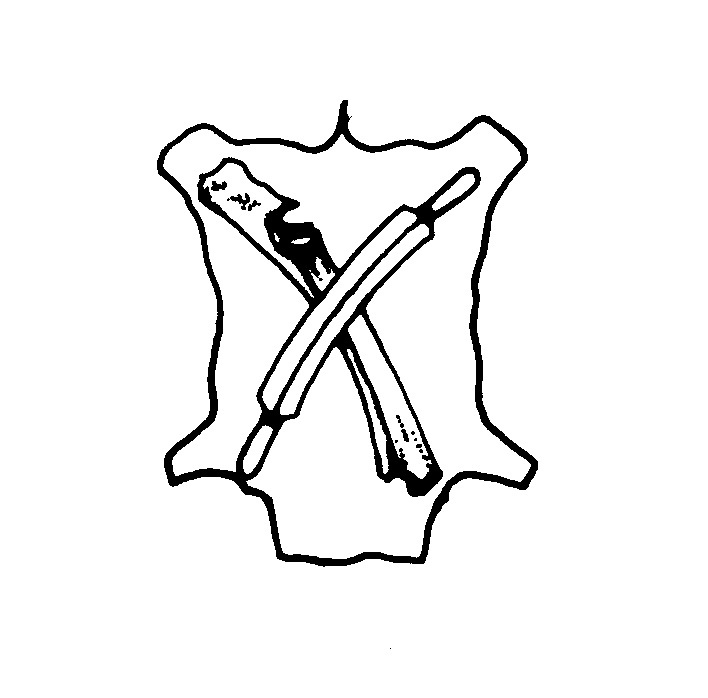HORNO
Horno (pronounced Or'-nO) is spanish for oven and in the western U.S. it generally refers to wood fired earthen ovens often in a beehive shape. This one is made of cob which is similar to adobe except that you build freehand with it instead of making bricks. Building with cob is easier, allows for greater leeway in creativity and is stronger because it is all one piece with no seams.
Cob is made of soil with a lot of clay, but also quite a bit of grit in the form of sand or very fine gravel. This gritty/clayey soil is mixed with vegetable fibers and or animal hair into an easily workable dough. Straw or grass is generally the easiest and most accessible fiber to use and should be coarsely chopped before mixing in. Using a lot of fiber and enough grit will make the oven strong and less prone to cracking when it dries as well as with the stress of repeated heating and cooling.
This oven was built using a quicky frame of bent and lashed sticks to support the wet walls. The frame is not necessary if you let one course dry enough to hold up the next one and, so, build up in stages over a couple days or whatever it takes. We wanted to build it all in one day so the frame was employed to keep the walls from collapsing and bulging under the weight of successive courses. After the cob set up enough to support itself, the frame was removed to finish the inside. Before firing, a thin "slip" of clay was applied to the outside for looks and to the floor to make it smooth and clean.
In use, a fire is built in the oven for a time after which the ashes and coals are scraped out. When the oven is cool enough, the goods to be baked are shuffled in with a bakers peel or what have you. Then seal it up and salivate till baked.
For more information on cob building, search the web or check out Cob Cottage.










